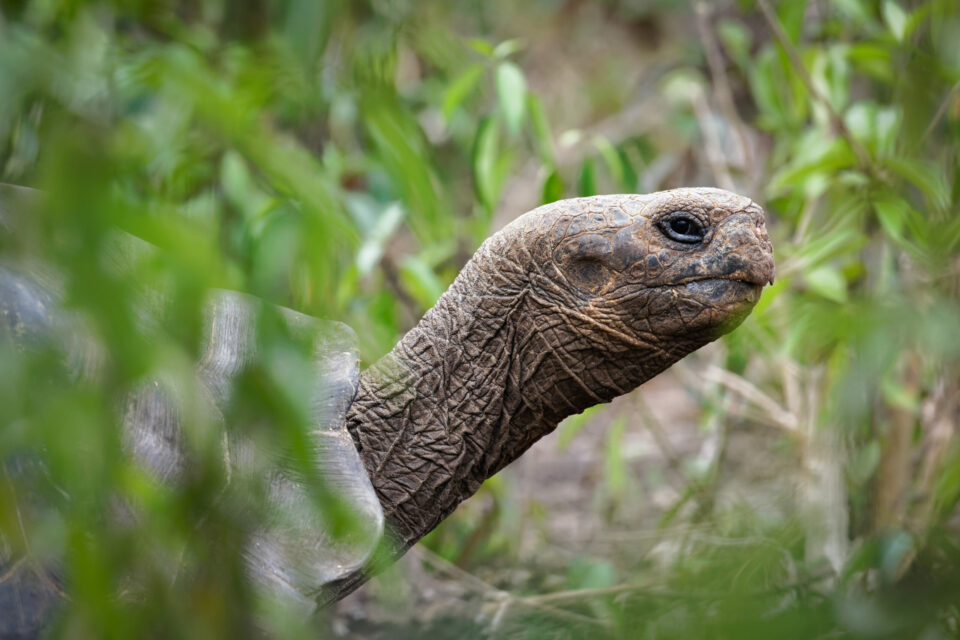

How to save a mockingbird
Enzo Reyes explores how his PhD research will help with the future reintroduction of the Floreana mockingbird, one of 12 species that are locally extinct on Floreana.
Mockingbirds have always been in my life, but I never imagined that in the future I would be studying them for my PhD.
I have always been fascinated by rare and endangered birds, so the Floreana mockingbird was an attractive candidate for me to study; but when I discovered the real significance of the species in the story of biology I was overwhelmed. For it is in the Galapagos mockingbirds that Charles Darwin found the first clear evidence that different islands had similar species but with subtle differences, the Floreana mockingbird’s three black bars on its wings setting it apart from the other mockingbirds he observed. They are one of the rarest birds in Galapagos, and the world, with small populations found on two tiny islets just off the coast of Floreana.
I still remember the first time I heard, and later saw, a Floreana mockingbird. It was my first time on Champion islet, the smaller of the two islets. Even before arriving on the shore, I heard a mockingbird singing. It did not take long until I spotted a flock of Floreana mockingbirds approaching us, inspecting us with deep curiosity. That was the first of several warm welcomes by the mockingbirds during the duration of my project.

My PhD project, which was supported by Galapagos Conservation Trust in collaboration with the Galapagos National Park, had a single but complex aim: to improve the knowledge of this species before its reintroduction to Floreana, the island that gave them their name. My research was part of the Floreana Island Restoration Project, which aims to eradicate invasive species and reintroduce locally extinct species to Floreana island. I, therefore, decided to focus on research gaps regarding the population status and behavioural aspects that could influence the outcome of the species reintroduction.
While drafting my project, I realised that before undertaking any complex analysis, I needed a way to accurately determine the sex of the species. I was a bit surprised that, despite the species having been studied in depth, the body measurements of the more common Galapagos mockingbird were being used as a tool for sexing Floreana mockingbirds. By validating this approach specifically for the Floreana mockingbird, I was able to use the measurements of all the birds captured since 2006 and build a robust population model. This gave me data that I could use to estimate survival, breeding success, population growth and abundance. My main, surprising, finding was a population estimate of around 1000 individuals across both populations, three times greater than previously thought. My behavioural research then highlighted the importance of keeping social groups together during any reintroduction attempts.

While current conservation measures applied by the Galapagos National Park like restricting human access to the mockingbirds’ two islets have, and should, ensure that the populations remain stable in the short term, I still need to determine how long they will survive without any conservation actions. When the time finally arrives for the reintroduction, my research shows that moving all or part of mockingbird family groups should ensure survival and establishment of the species in Floreana.

Adopt a Floreana mockingbird
Adoption pack includes a fact file and a personalised certificate printed on 100% recycled paper, plus a unique pin badge.
Related articles


12 missing species set to return to Floreana

Snakes, iguanas and more... Part 2


